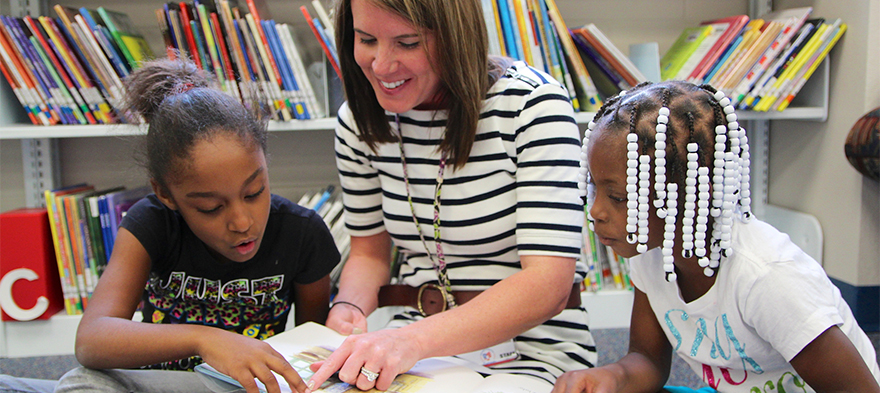Kayla Patrick is a senior education policy analyst with a deep interest in using data-based analysis to inform U.S. education policy and practices, especially to improve the lives of underserved children of color. Her expertise includes school discipline policies and college and career readiness.
Kayla worked at the National Women’s Law Center, where she conducted research and data analysis on ...


